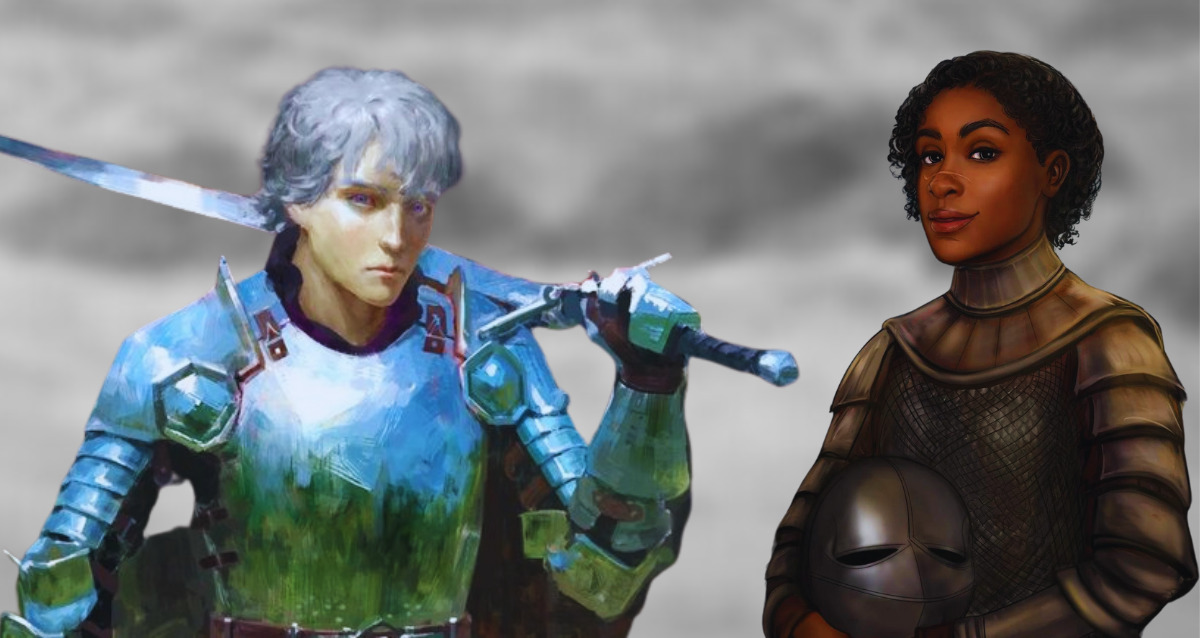The first two episodes of House of the Dragon have used quite a bit of High Valyrian. This is especially between Prince Daemon and Princess Rhaenyra. It seems as if they talk to each other in High Valyrian a lot and prefer it that way. The first episode of House of the Dragon also saw the return of a fan favorite command from Game of Thrones. During Aemma and Baelon’s funeral, Rhaenyra uses the command Dracarys to immolate both bodies. So let us explore the High Valyrian language and a few common commands that you might come across in future episodes of House of the Dragon.
Origins of High Valyrian

High Valyrian was the language of the Valyrian Freehold in the continent of Essos. The Valyrians eventually spread the language and forced others to learn and speak in their tongue. However, volcanoes of the Fourteen fires erupted and caused the Doom of Valyria, destroying Old Valyria in its entirety. After this, High Valyrian lost its hold on the common people and was only used by scholars and priests. The language died down within the normal population. Furthermore, most Westerosi do not speak High Valyrian at all.
Usage of High Valyrian

High Valyrian although not spoken is an important language for teaching and learning. The remaining oldest texts from Valyria are all written in it. Songs and scrolls are still sang and read in this language. A lot of characters also prayed in High Valyrian.
One of the most important uses of High Valyrian was to train dragons. Certain commands were taught to dragons so that they respond to them eventually. This was also a way to communicate with them and tell them what to do. Moreover, most Targaryen royalties have High Valyrian names such as Aegon, Daemon, Viserys and Rhaenyra. Even most dragons had their names in High Valyrian including Syrax. Other Houses such as Baratheon and Velaryon too have names in this language such as Lord Corlys.
Eventually the free cities all developed their own languages that were in reality offshoots of High Valyrian. Also known as Bastard Valyrian, these languages are corrupted concoctions of the pure High Valyrian and they stray further away from the original as time passes.
Here are some common commands that every House of the Dragon fan should know.
Common Phrases

Valar morghulis translates to All men must die. This is uttered often in the face of danger as acceptance of death. It is also used as a greeting to which the reply is Valar dohaeris translating to All men must serve.
Kessa and Daor mean Yes and No respectively. Rytsas means Hello and Geros Ilas means Goodbye. While, Kirimvose means Thank you.
Dragon commands
Dracarys as you all must already know means Dragonfire. It has been used multiple times by Daenerys Targaryen during Game of Thrones. It essentially commands the dragon to breathe fire and often to burn down the place.
Dohaeras is used as a command for the dragons and it translated to Serve. It is essentially asking the dragon to obey. Soves is the command to fly.
Lykiri is used to calm down the dragon and literally translated to Calm. Umbas translates to Wait and Mazis means Come. Rybas means Focus while Naejot means Forward. These are the few commands that were taught to dragons to train them.
Terms used in House of the Dragon

Kepa or Kepus is used to refer to both one’s father and father’s brothers. This is used by Rhaenyra when she refers to Daemon as Uncle in High Valyrian specifically in the Throne Room. It is also used to refer to King Viserys.
Valonqar is used to refer to a younger brother. It was used in the first episode of House of the Dragon to refer to Baelon in High Valyrian.
It is not easy to come up with and construct an entire language. In fact J.R.R. Tolkien spent decades trying to develop Elvish in utmost detail. However, George R.R. Martin and David J. Peterson have definitely done a marvelous job in creating High Valyrian and adding an extra depth to this surreal world of dragons.










